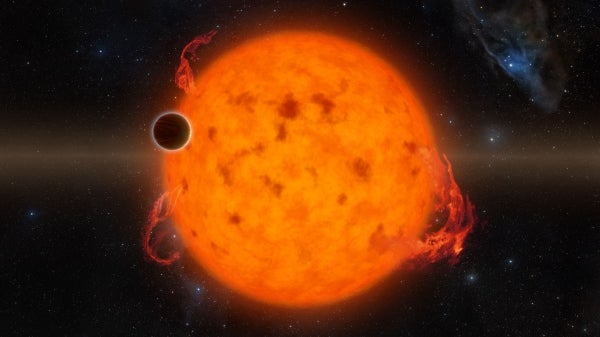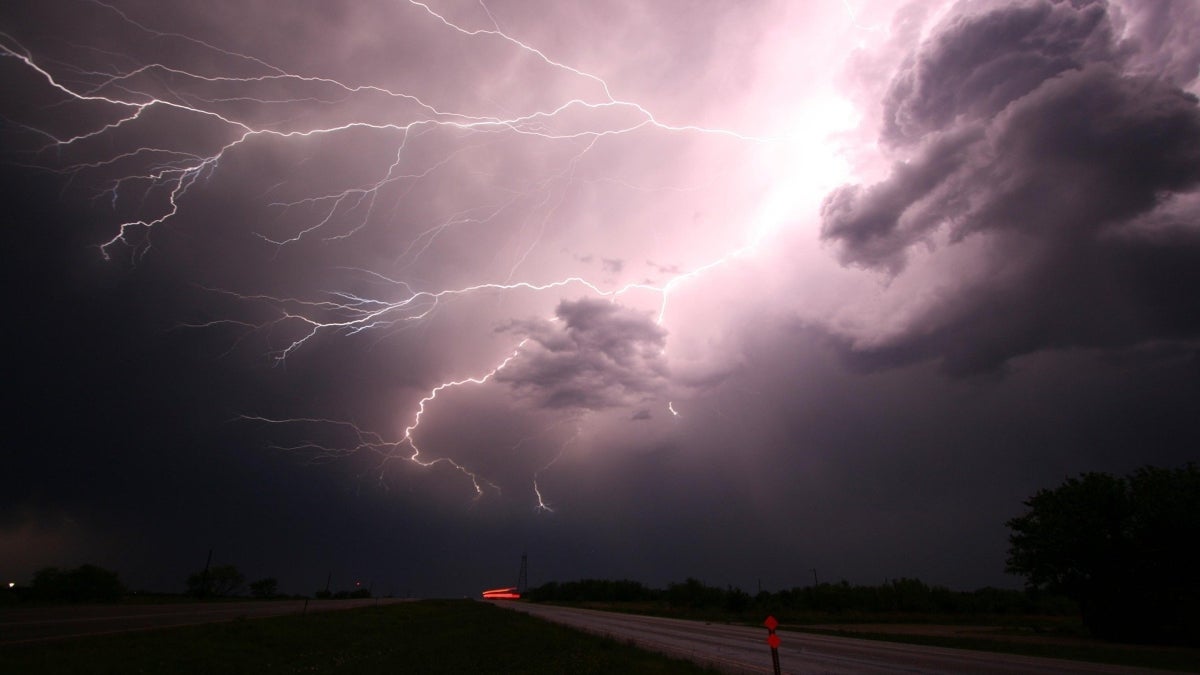Apparently, lightning is more than just a flash.
Two new world records of lightning — the horizontal distance a bolt travels and the time duration of the flash — have been recorded by the World Meteorological Organization (WMO).
The new records for “megaflashes,” verified with new satellite lightning imagery technology, more than double the previous records measured in the U.S. and France, according to the WMO.
WMO’s Committee on Weather and Climate Extremes, which maintains official records of global, hemispheric and regional extremes found that:
- The world’s longest lightning flash covered over a horizontal distance of 441 miles plus or minus 5 miles (709 km plus or minus 8 km) across parts of southern Brazil on Oct. 31, 2018. This is equivalent to slightly farther than the distance from Phoenix to Los Angeles.
- The greatest time duration for a single lightning flash is now 16.73 seconds from a flash that developed continuously over northern Argentina on March 4, 2019.
“These extraordinary records are from single lightning flash events,” said Randy Cerveny, an Arizona State University professor in the School of Geographical Sciences and Urban Planning and the “chief rapporteur” of weather and climate extremes for WMO. “Environmental extremes are living measurements of what nature is capable of on this planet.
President's Professor Randy Cerveny
“This will provide valuable information for establishing limits to the scale of lightning — including megaflashes — for engineering, safety and scientific concerns,” Cerveny added.
The previous record for the longest detected distance for a single lightning flash was almost 200 miles (321 km) on June 20, 2007, across Oklahoma. The previous record for duration of a single lightning flash lasted continuously for 7.74 seconds on Aug. 30, 2012, over Provence-Alpes-Côte d'Azur, France.
Space-based technology
The previous assessments that established the flash duration and extent records used data collected by ground-based lightning mapping array (LMA) networks. Many scientists acknowledged that there are upper limits for the scale of lightning that could be observed by any existing LMA. Identifying megaflashes beyond these extremes would require a lightning mapping technology with a larger observation domain.
Recent advances in space-based lightning mapping offer the ability to measure flash extent and duration continuously over broader geospatial domains. These new instruments include the geostationary lightning mappers on the R-series geostationary operational environmental satellites that recorded the new lighting records, and their orbiting counterparts from Europe and China.
“This dramatic augmentation of our space-based remote sensing capabilities has allowed the detection of previously unobserved extremes in lightning occurrence, known as ‘megaflashes,’ which are defined as horizontal mesoscale lightning discharges that reach hundreds of kilometers in length,” said evaluation committee member Michael Peterson, of the Space and Remote Sensing Group at Los Alamos National Laboratory in New Mexico.
The space-based instruments provide near-global coverage of total lightning (both intracloud flashes and cloud-to-ground flashes). This includes lightning hot spots in the Americas like the Great Plains in North America, and La Plata basin in South America.
“It is likely that even greater extremes exist, and that we will be able to observe them as lightning-detection technology improves,” Cerveny said. “This also reinforces the important 30-30 lightning rule: If the time between the lightning flash and the thunder is 30 seconds or less, go inside and then wait until 30 minutes after the storm has passed before resuming outdoor activities.”
The findings were published by the American Geophysical Union’s Geophysical Research Letters ahead of International Lightning Safety Day on June 28, 2020.
The WMO Archive of Weather and Climate Extremes maintains official records of the world, hemispheric and regional extreme records associated with a number of specific types of weather. Presently, the archive lists extremes for temperature, pressure, rainfall, hail, wind and lightning as well as two specific types of storms, tornadoes and tropical cyclones.
Top photo courtesy Pixabay
More Science and technology

ASU forges strategic partnership to solve the mystery of planet formation
Astronomers have long grappled with the question, “How do planets form?” A new collaboration among Arizona State University, Michigan State University and Lawrence Livermore National Laboratory will…

AI for AZ: ABOR funds new tools for state emergency response
A huge wildfire rages in the wilderness of Arizona’s White Mountains. The blaze scorches asphalt and damages area bridges, causing traffic accidents when residents attempt to evacuate. As hospitals…

ASU researchers engineer product that minimizes pavement damage in extreme weather
Arizona State University researchers have developed a product that prevents asphalt from softening in extreme heat and becoming brittle in freezing cold. The product reduces pavement cracks,…

